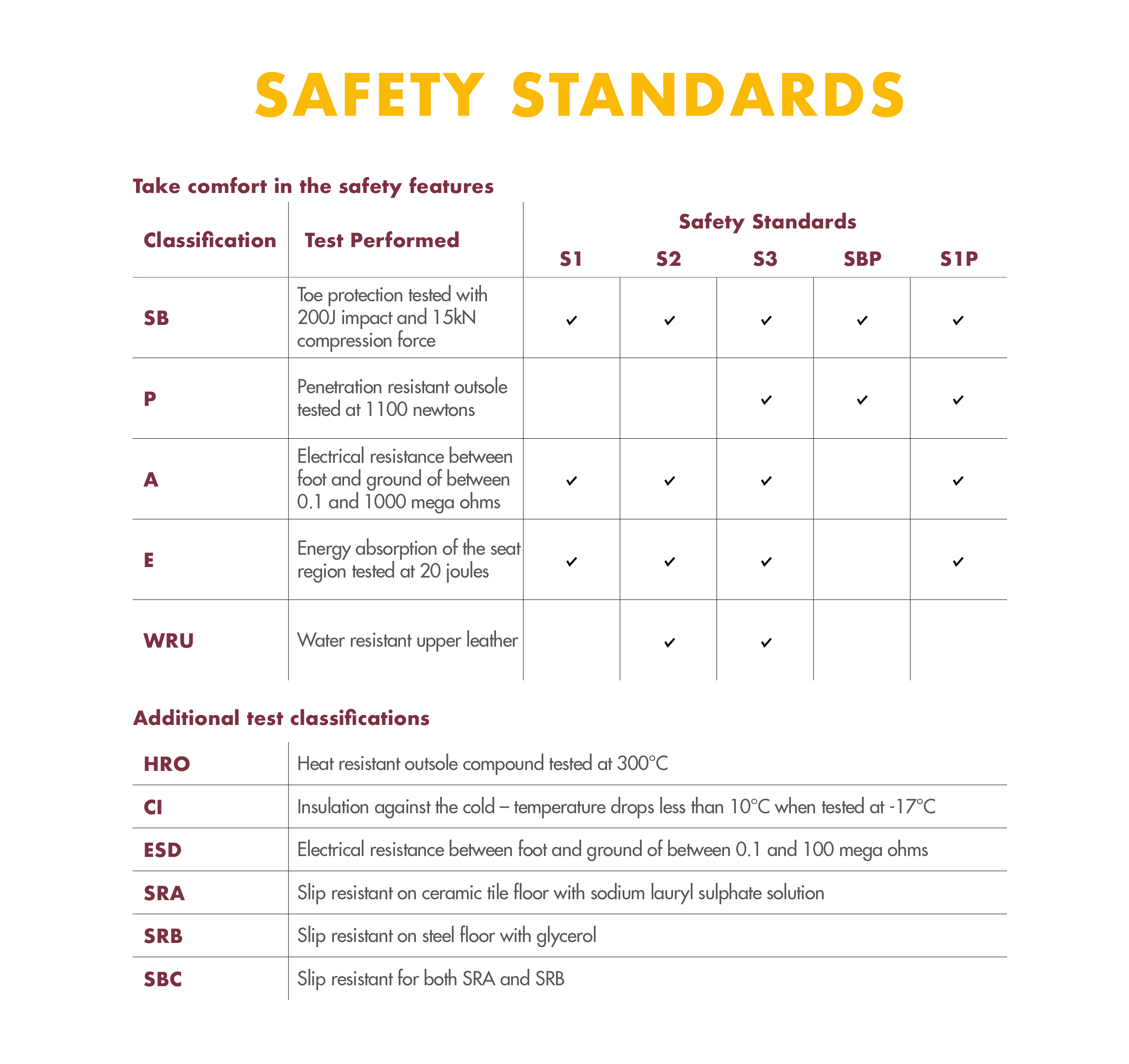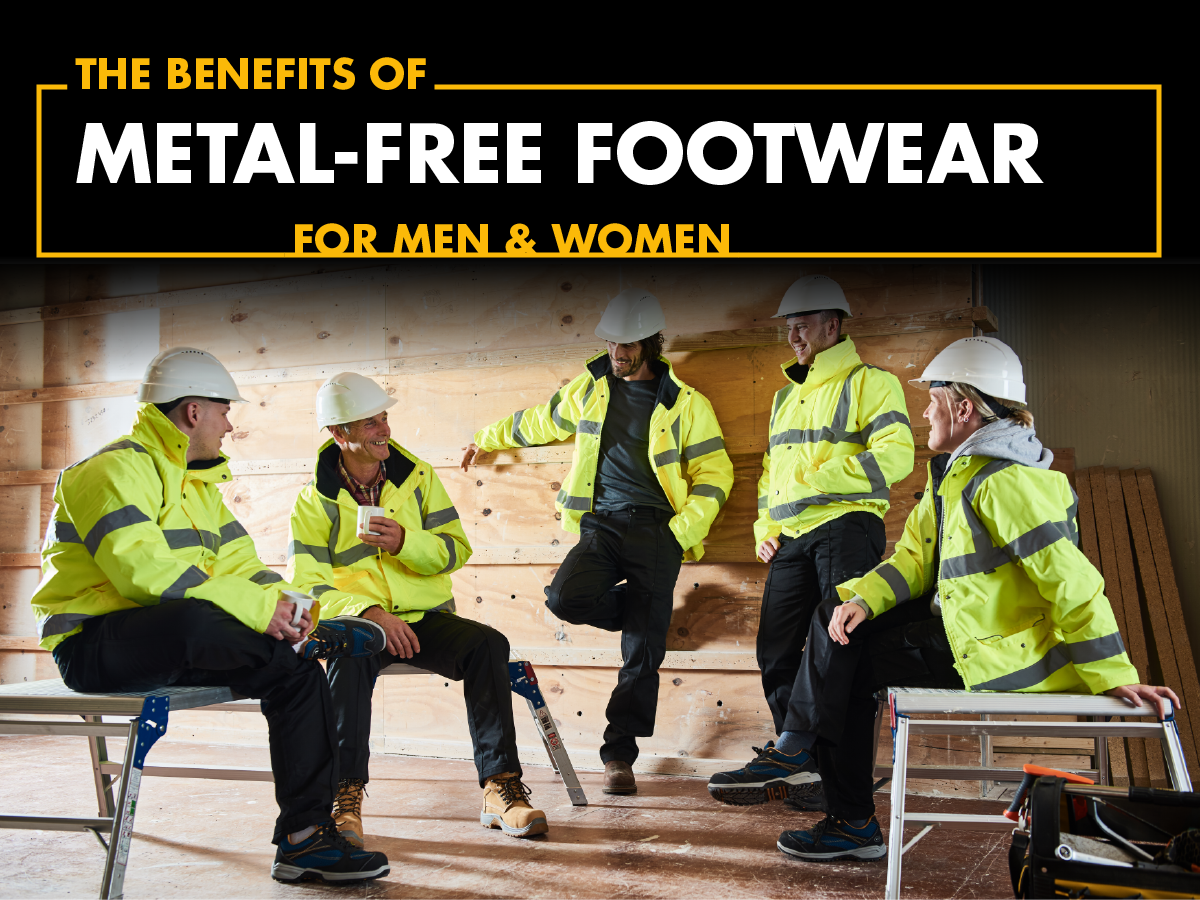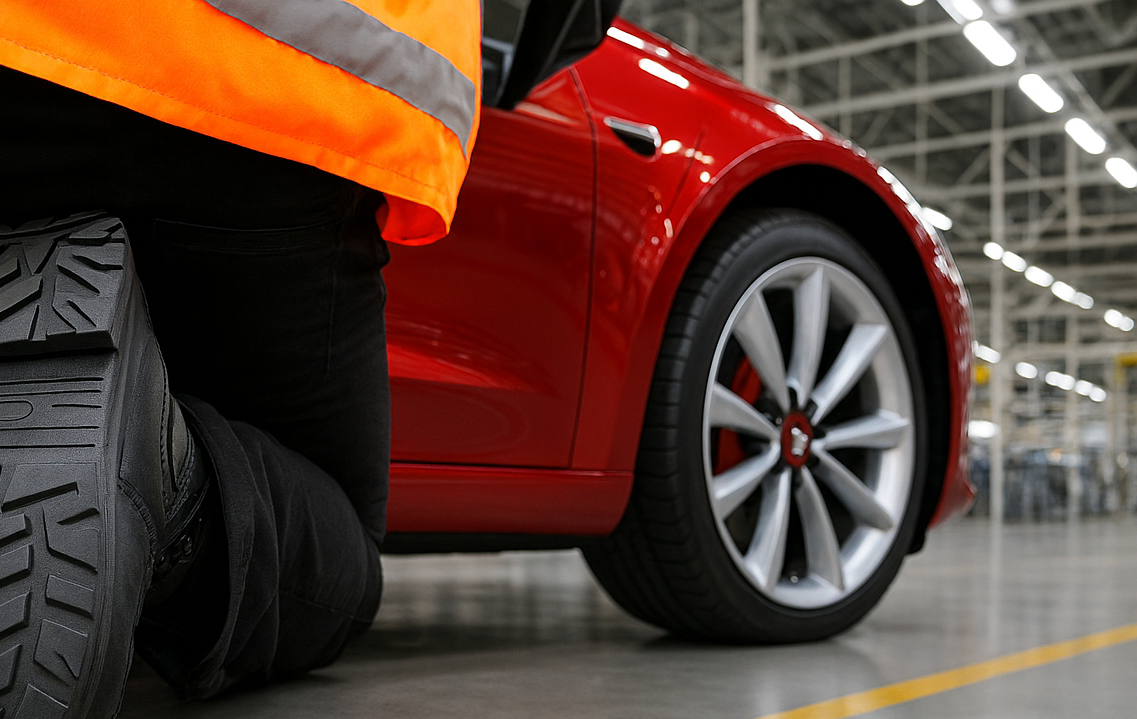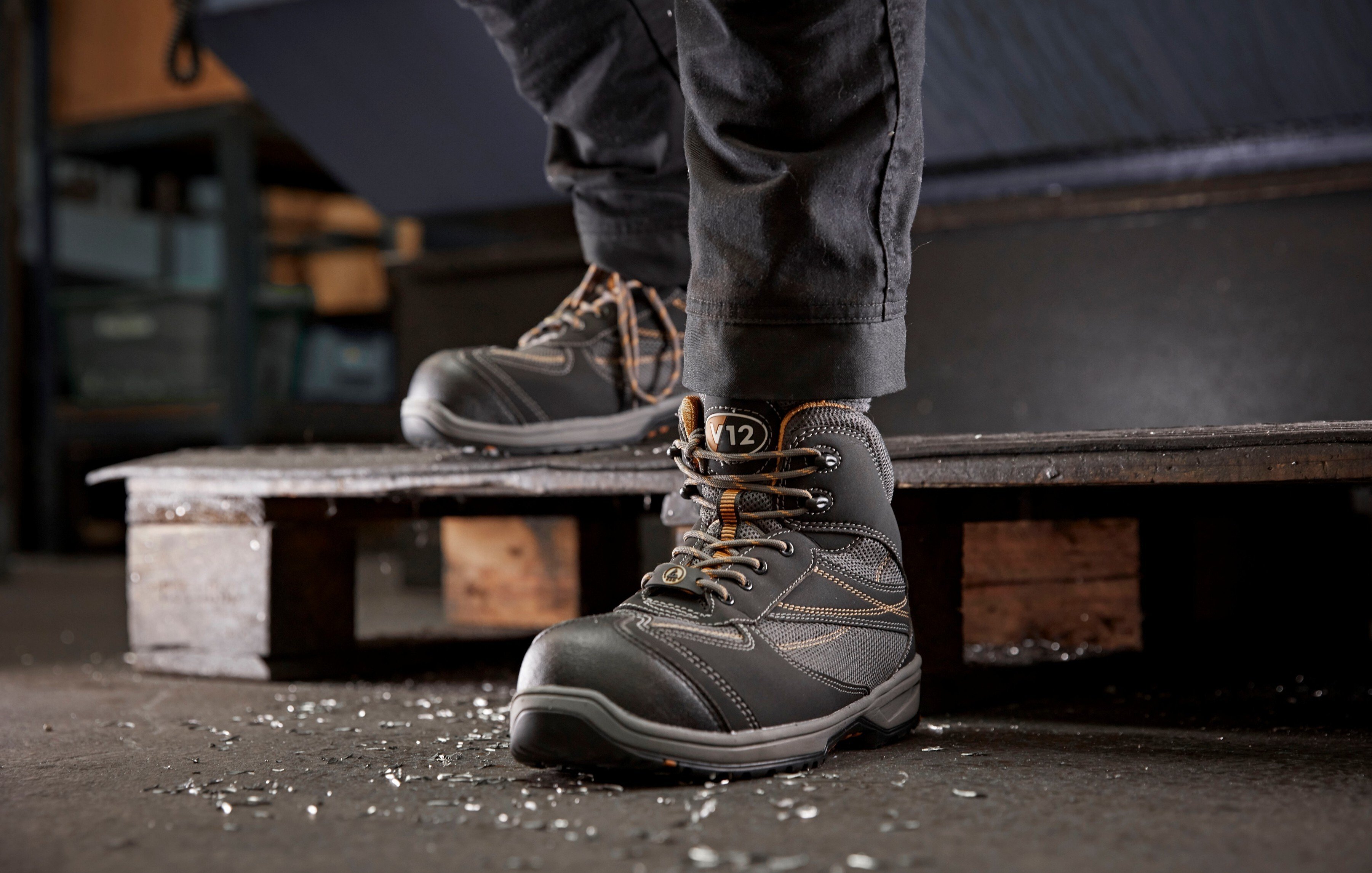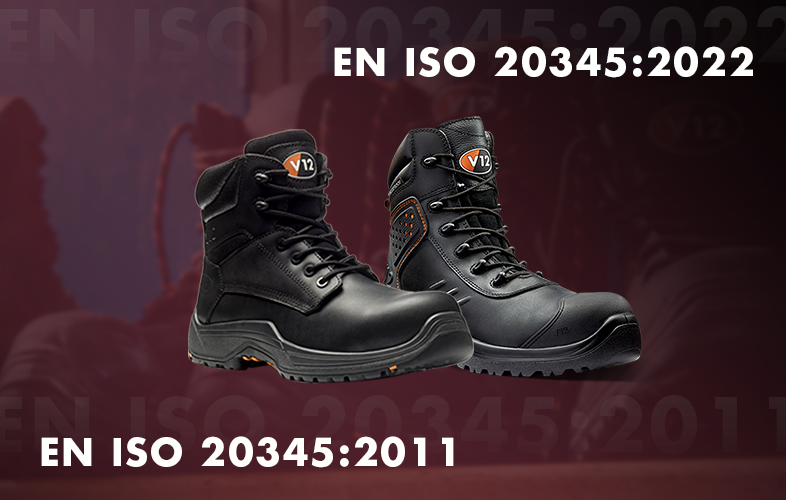We know that steel toe and midsole safety footwear has been regarded as the favoured choice for foot protection across most industries. More recently though, without compromising on safety, metal-free components (also known as composite) are replacing traditional steel toe and midsole safety footwear at scale, which is not surprising, given the many benefits of going metal-free.
 Working in a security conscious environment
Working in a security conscious environment
Metal-Free footwear is non-negotiable in high security environments such as airports, military bases and government buildings, as workers are routinely scanned to prevent theft or weapons being bought in. In these environments, if footwear is not metal-free it must be removed beforehand, which can be a compromise on safety.
Better protection, no UNNECESSARY weight
Composite footwear (metal-free) features a toe or midsole that is made from incredibly tough yet lightweight material such as fibreglass, Kevlar or carbon fibre. It offers superior strength and support, as well as a thermoneutral temperature - not to mention increased agility. The lighter composite material has meant that many safety boots are significantly less fatiguing for the wearer after a long shift and/or taking numerous steps.
In no way is the protection of the wearer's feet compromised if composite is chosen instead of steel.
We recommend you look for metal-free composite footwear that meets or exceeds the stringent ISO 20345 - S1 or SIP standards.
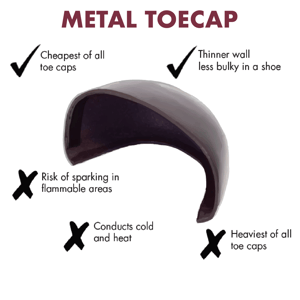
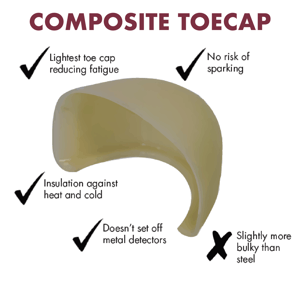
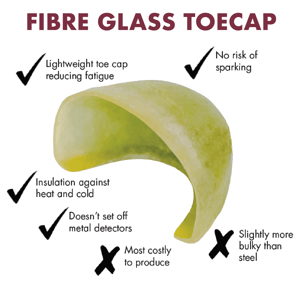
PreventING post impact trapping
Composite footwear - in particular a composite toecap - is made from material that lets the footwear recover its shape following a significant impact. A steel toecap on the other hand bends into a fixed position and can trap parts of the feet after a serious accident, making it extremely difficult and often painful to remove the foot. In extreme cases, the footwear may need to be cut apart or dismantled for the foot to be freed.
When buying or supplying safety footwear, please ensure you take into consideration the impact rating and compression rating of the footwear. The impact rating will tell you the number of pounds or joules the shoe will protect you against, whilst the compression rating lets you know the amount of resistance the shoe can withstand before breaking.
Learn more about safety standards in our handy chart below:
